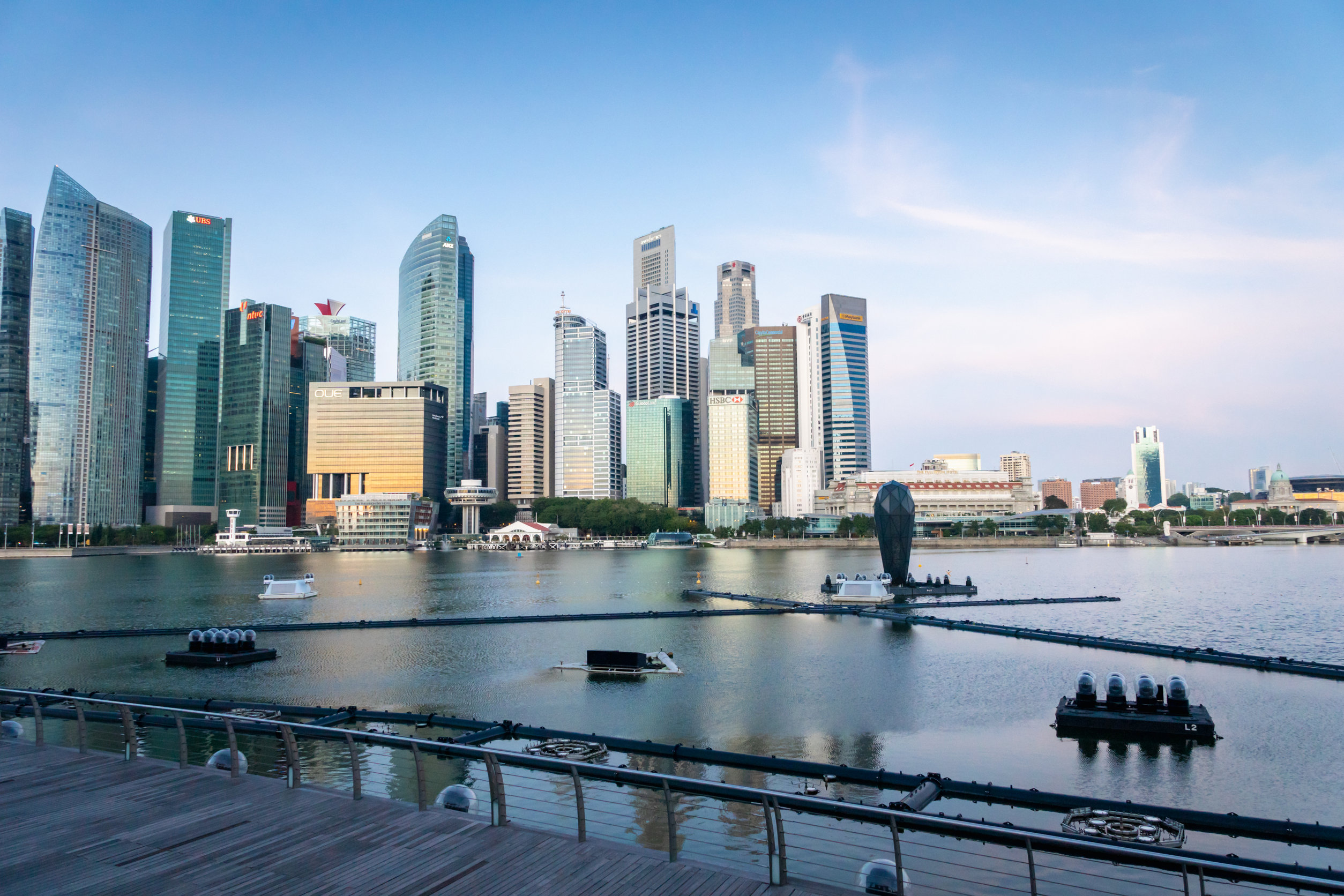Singapore’s resident employment grew in Q3
- Charles Chau
- Topics: Home Page - News, Job Cuts, News, Recruitment, Singapore

The net effect was total employment declining by a significantly smaller extent of 2,400 compared to the 16,300 decrease in Q2, MOM said in its latest labour market report.
Sectors which saw increases in resident employment were information & communications, professional services and financial services, as well as domestically oriented sectors of administrative & support services and health & social services.
However, resident employment growth in consumer and tourism-related sectors such as food & beverage services, arts, entertainment & recreation, accommodation, and retail trade continued to lag behind the other sectors. Ongoing border restrictions contributed to the continued contraction of non-resident employment across most industries.
The overall unemployment rate fell 0.1 percentage point to 2.6% in September month-on-month, while the rates for residents and citizens also fell by the same quantum to 3.4% and 3.7%, respectively.
The number of retrenchments decreased in Q3 from 2,340 to 1,900 quarter-on-quarter. This means a fall in the incidence of retrenchment from 1.3 retrenched per 1,000 employees to 1.1 retrenched per 1,000 employees.
The six-month re-entry rate among retrenched residents grew from 64% to 66% in Q3 – the same rate last seen in Q1 this year.
READ: WFH no longer default arrangement in Singapore
Meanwhile, the number of job vacancies (seasonally adjusted) rose to an all-time high of 98,700 in September from 92,100 in June, with the ratio of job vacancies to unemployed persons standing at 209 job vacancies for every 100 people unemployed in September, up from the 163 in June.






